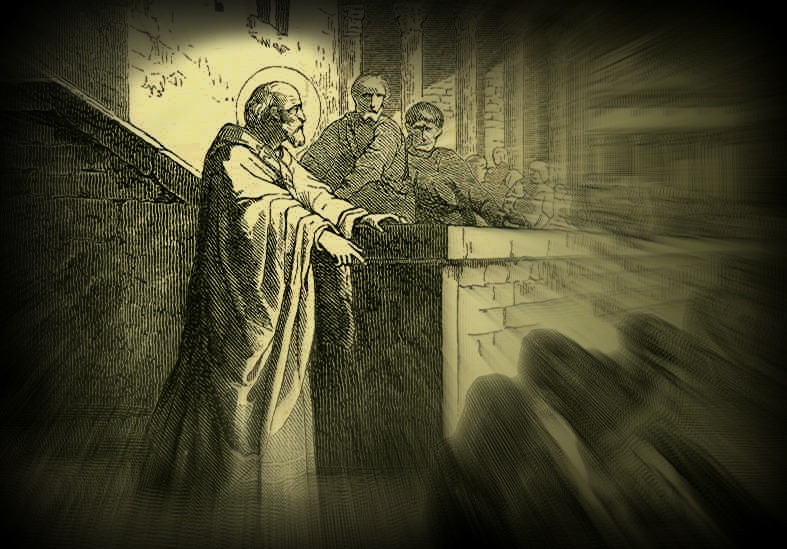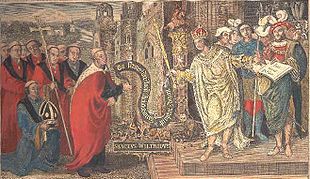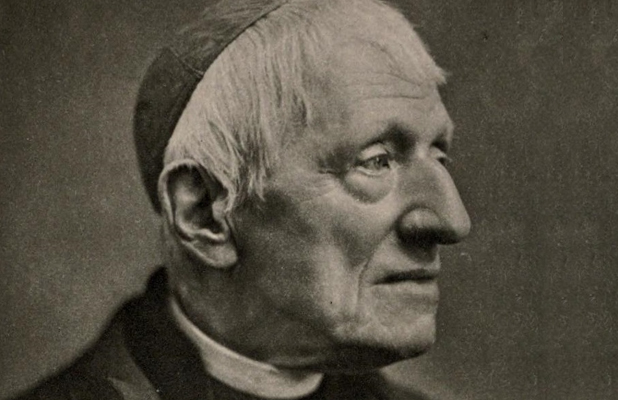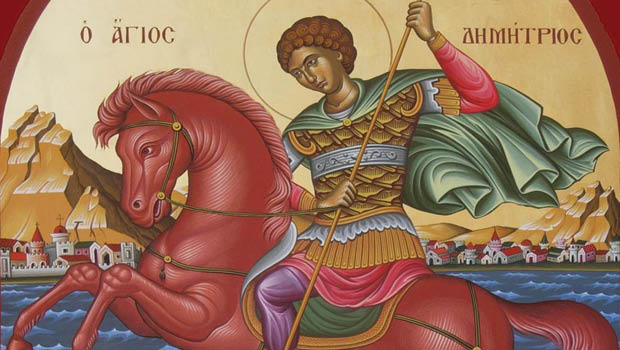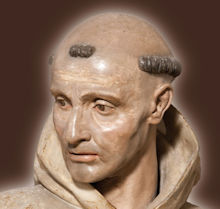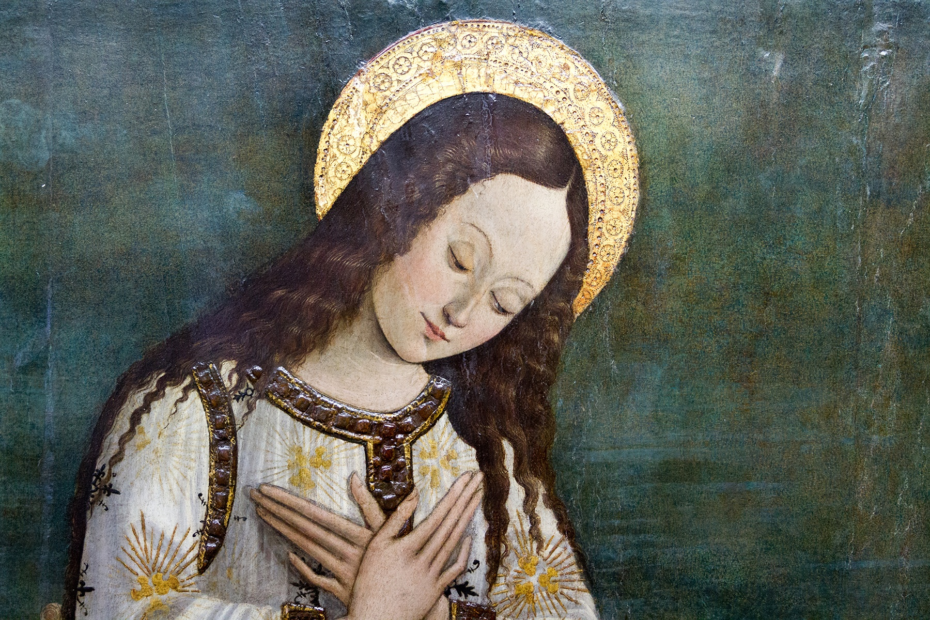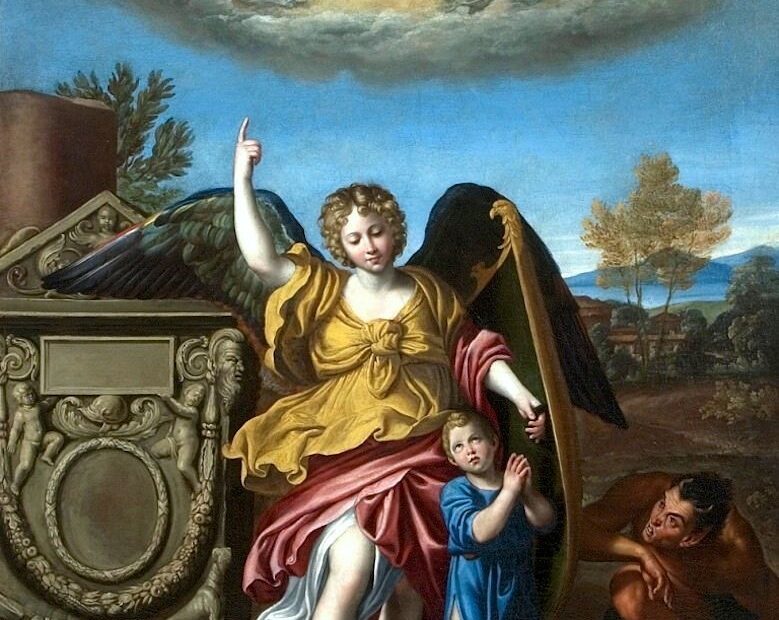St. Teresa
St. Teresa (1515-1582) was born in Avila and died in Alba, Spain. When only a child of seven, she ran away from home in the hope of being martyred by the Moors; in this way, she said she could come to see God. At the age of eighteen she joined the Carmelite Order and chose Christ as her heavenly Spouse. With the help of St. John of the Cross she reformed most of the Carmelite convents and founded new ones. She reached the highest degree of prayer and through prayer obtained such knowledge of divine things that in 1970 Pope Paul VI named her the first woman Doctor of the Church.

